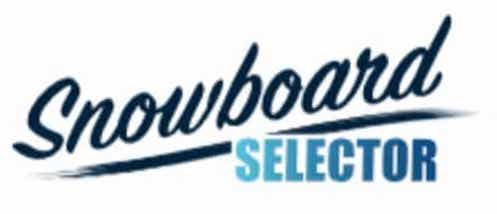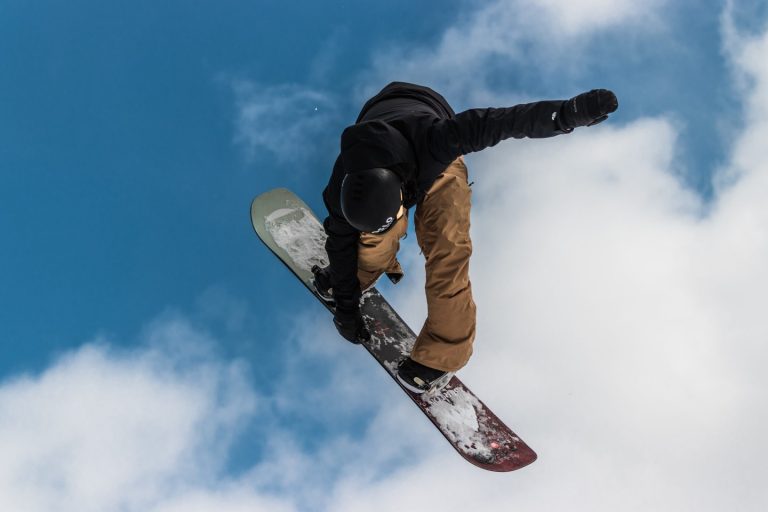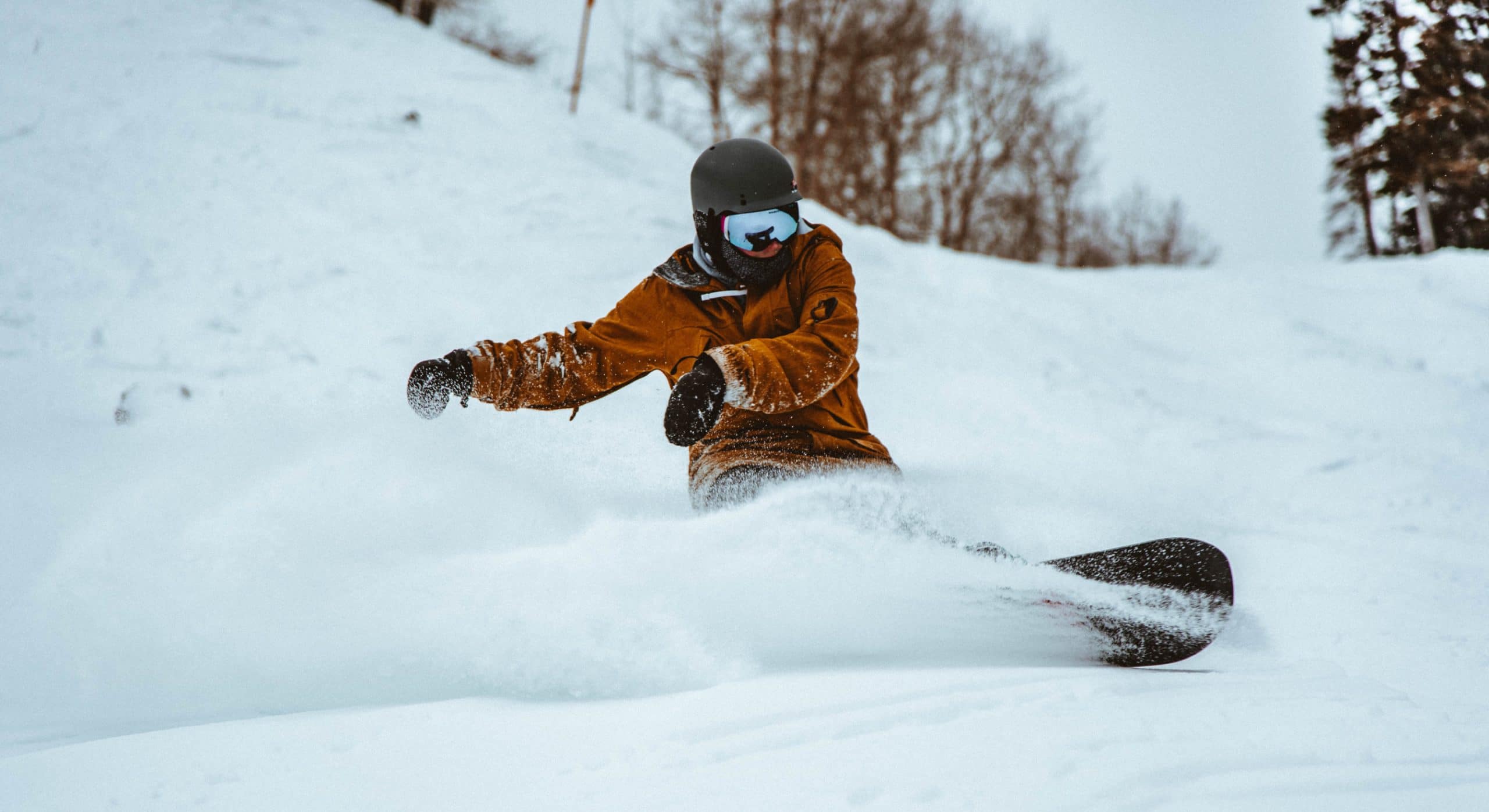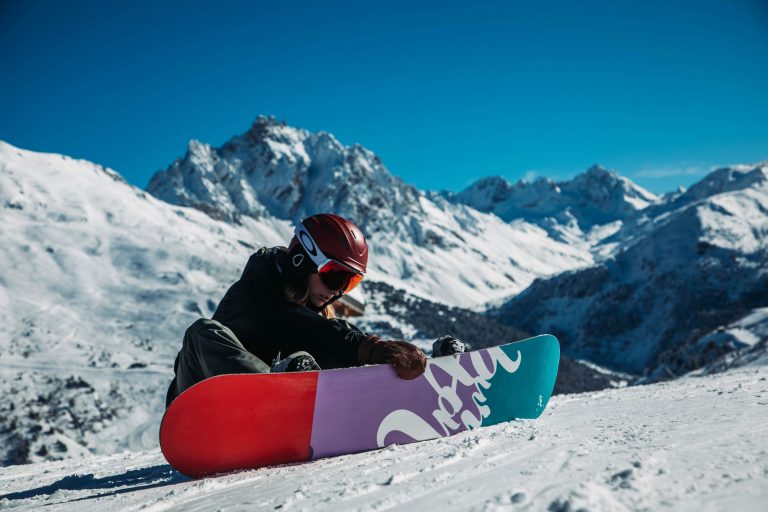Catching an edge is the main reason you might find yourself falling and hitting the deck when snowboarding! Anyone who has ever strapped into a snowboard will have experienced this, especially when learning the basics of how to turn, it seems it is just part of the learning curve.
Whilst wrist guards and impact shorts will make this a less painful experience, there are ways you can adapt your technique to avoid catching edge which will make your learning experience a load more enjoyable.
What does ‘catching an edge' in snowboarding mean?
Edges are pretty useful things, most of the time. They enable you to turn and slow down your snowboard, and without them it would be almost impossible to control your board. Your board has two edges; a heel side edge and a toe side edge and if you put the wrong edge in the snow at the wrong time, the edge will trip you up and throw you on the deck!
Why do you catch an edge?
When you are snowboarding you spend most of the time with one edge in the snow. Whether you are turning or cutting across the hill you will be balanced on one edge, with the other edge floating above the snow where it has the potential to catch and cause you to fall.
When you are on a steep slope this risk is much lower as the gap between your floating edge and the snow is much greater. When you are on a gentle slope, where most beginners will be learning, this gap is much smaller giving you less margin for error.
The other factor that causes you to catch an edge is the direction of travel of your board. If your board is running straight forward, whether that be on an edge or flat base straight down the hill, there is zero chance of you catching an edge!
The problem starts when the board begins to drift sideways in a sideslip. This is where most people will start out when learning to snowboard. Sideslipping allows you to keep your speed down and keep your turns under control when you first learning. As you get better and develop more edge control you can ride faster and with a cleaner edge hold. But whilst you are still learning there is a risk you will catch an edge.
How to stop catching edge
One way you can stop catching edge is by trying to create more edge angle so that the floating edge is higher above the snow
A good thing to focus on is to try and keep the board travelling across the hill between turns. If you can do this it means that the board is sliding more along its length and less sideways. I teach people to always try looking to the front of the board in between turns and spend less time looking straight down the slope. This way you’ll be able to keep your turns flowing in an S shape path.
Catwalks/Flat tracks
One of the most difficult parts of the mountain to negotiate as a beginner/intermediate snowboarder are the Catwalks. These are the paths that normally link up different parts of the mountain and are narrow and flat. On the trail map, they are marked as green so in theory the easiest trails on the mountain, but on a snowboard, they can be a nightmare!
The reason they are so difficult on a snowboard is that you need to keep your speed up on the flat sections but there isn’t much room to make your turns. Especially when they are busy at the end of the day there can be a lot of pressure and not much room to make each turn.
So my first bit of advice is to avoid them! Before you try them are a couple of skills you’ll be needing:
Linked mellow turns – you should be able to link up S turns using good technique. That means getting your weight forward at the start of each turn and using your front foot to steer the board through the turn.
Straight running – This is letting the board run on a flat base straight down the slope. Although its an easy technique a lot of people don’t like doing it and think it can lead to edge catching. The key is to keep your weight on both feet, your knees a little bend with your feet flat on the deck. Then just don’t do anything weird! By this I mean avoid twisting your hips or anything that can cause the board to react and start drifting sideways.
Speed checks – These are really key to build confidence on narrow tracks. Knowing how to speed check means you can scrub off speed or stop without the board travelling across the hill in a turn and getting someone else’s way. Being able to speed check and stop will give you the confidence to straight run and build up speed on these flat narrow sections.
All these skills can be practised elsewhere on the mountain, so find a nice quiet part of the mountain with an easy slope and plenty of room. There you can mix up some turns, some straight runs and some speed checks. I normally get my students to through in a few ollies as it’s a good way to get the board running on a flat base and it’s fun!
Next when you’re ready to tackle a catwalk try doing it at a quieter time of day, when there is less traffic and there is less pressure on you to make your turns. Normally the trails to the bottom of the mountain will have no one on them mid-morning.




